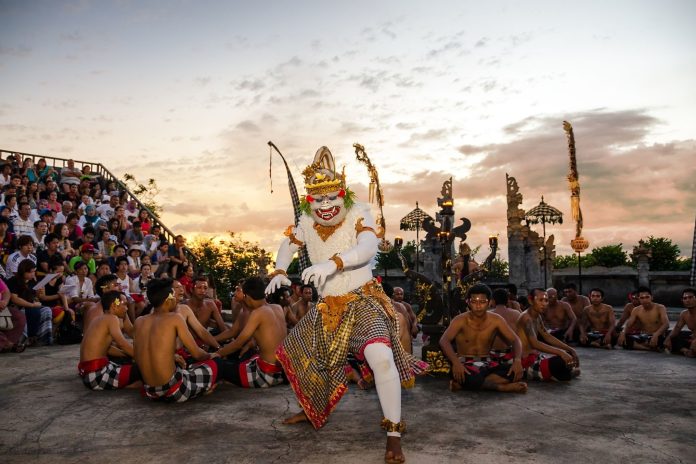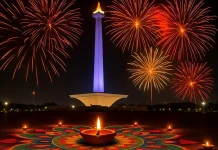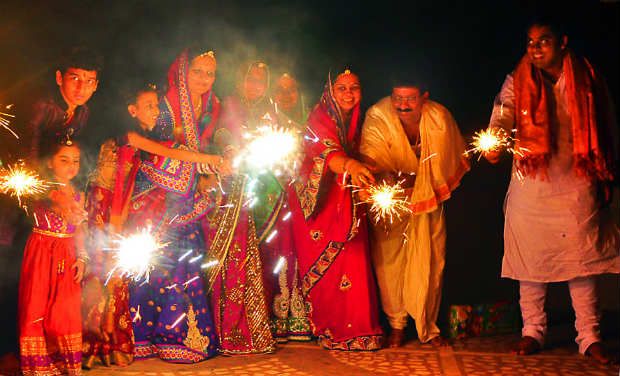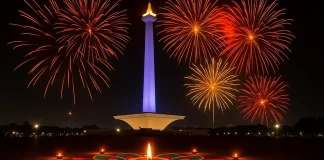The relationship between India and Indonesia extends back over two millennia, encompassing a rich tapestry of trade, cultural exchanges, religious influence, and political alliances that have helped shape the identities of both nations. Here, we delve into the remarkable and multifaceted history connecting these two countries:
- The Spread of Hinduism and Buddhism
Early Indian Influence on Indonesian Kingdoms: From as early as the 1st century CE, Indian traders and religious missionaries introduced Hinduism and Buddhism to the Indonesian archipelago. This led to the rise of Hindu-Buddhist kingdoms, most notably the Sriwijaya and Majapahit empires. Not only did these empires adopt the religions, but they also embraced Indian cultural and administrative models, which influenced governance, art, and societal structures.
Temples and Architectural Marvels: The Prambanan Temple in Yogyakarta, one of the largest Hindu temple complexes in Southeast Asia, is dedicated to the Hindu trinity of Brahma, Vishnu, and Shiva, while Borobudur, a grand Buddhist complex, stands as a testament to Indian architectural and spiritual influence. Both temples represent the height of Indian cultural and spiritual impact on Indonesian soil and are now UNESCO World Heritage sites.
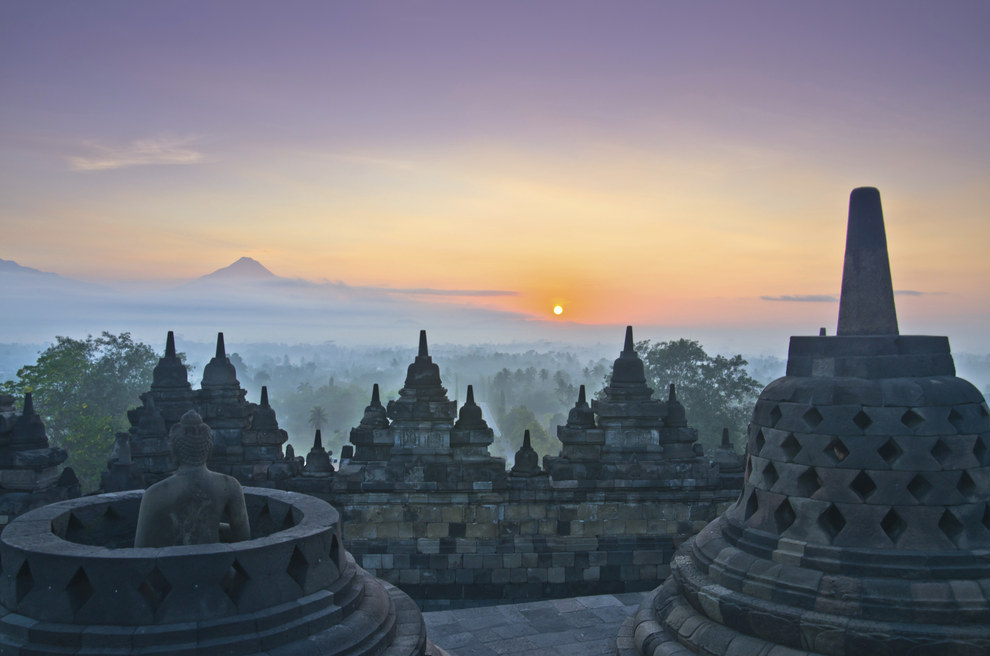
- The Influence of the Ramayana and Mahabharata Epics
Epics as Cultural Foundations: The Indian epics, Ramayana and Mahabharata, have transcended borders, becoming deeply embedded in Indonesian culture. The Ramayana Ballet in Yogyakarta and the Kecak Dance in Bali offer unique Indonesian renditions of these tales. Adaptations of the Mahabharata can also be seen across the islands, especially in Java and Bali, where the characters and morals are woven into folklore, guiding values and daily practices.
Wayang Kulit (Shadow Puppetry): This ancient art of shadow puppetry, particularly famous in Java, often recounts the stories of Ramayana and Mahabharata. Brought by Indian traders, Wayang Kulit evolved in Indonesia into a distinctly local tradition. The puppetry style, themes, and narratives continue to celebrate the Indian mythology that profoundly influenced Indonesia’s cultural landscape.
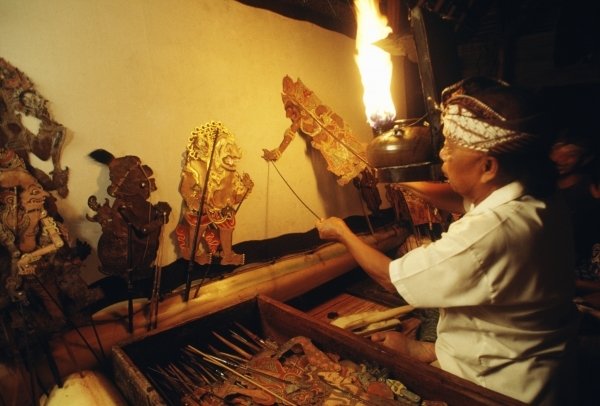
- Historic Marriages and Dynastic Alliances
Dynastic Marriages and Alliances: Historical records suggest several royal alliances formed through marriages between Indian and Indonesian royal families. These alliances, which reached their peak during the reign of the Sriwijaya Empire, cemented cultural ties and facilitated a flow of ideas and values.
Influence of the Chola Dynasty: The Chola Dynasty of South India played an active role in establishing trading links across Southeast Asia. Their influence reached as far as Sumatra and Bali, reinforcing diplomatic and trade connections that further enriched both societies. These interactions solidified a legacy of cooperation, facilitating the sharing of cultural, architectural, and religious practices.
- Flourishing Trade Routes and the Spice Trade
Indian and Indonesian Merchant Collaborations: For centuries, the spice trade was the lifeline of Indian-Indonesian relations. Indian merchants traveled extensively to Indonesian islands to source valuable spices such as cloves, nutmeg, and pepper, highly prized in ancient and medieval trade markets. Major port cities in Tamil Nadu and Gujarat served as conduits, facilitating trade across Asia, the Middle East, and Europe.
Settlements in Sumatra and Java: Indian traders established settlements on the islands of Sumatra and Java, influencing local governance, language, and trade practices. This interaction led to a fusion of Indian and Indonesian customs that persists in parts of Indonesia today, visible in linguistic elements, traditional crafts, and local customs.
- Spread of Indian Scripts, Language, and Literature
Influence of Sanskrit and Pallava Script: The influence of Sanskrit and the Pallava script is evident in Indonesia, particularly in the inscriptions and manuscripts of the Sriwijaya and Majapahit empires. These ancient scripts and languages have left a lasting mark on the linguistic development in Indonesia. Even today, many Indonesian words and names trace their roots to Sanskrit.
Literary and Religious Texts: Beyond inscriptions, early Indonesian literature reflects an Indian influence in works like the Kakawin Bharatayuddha, a Javanese version of the Mahabharata. These texts stand as historical records of the integration of Indian religious philosophy and literature into Indonesian society.
- Tagore’s Cultural Mission and Lasting Influence
Tagore’s 1927 Cultural Tour: Rabindranath Tagore’s visit to Indonesia in 1927 fostered a new era of cultural engagement between the two countries. Tagore’s appreciation for the artistic and cultural similarities between India and Indonesia inspired a revival in cultural exchanges, strengthening the historical and spiritual ties that had long connected the two nations.
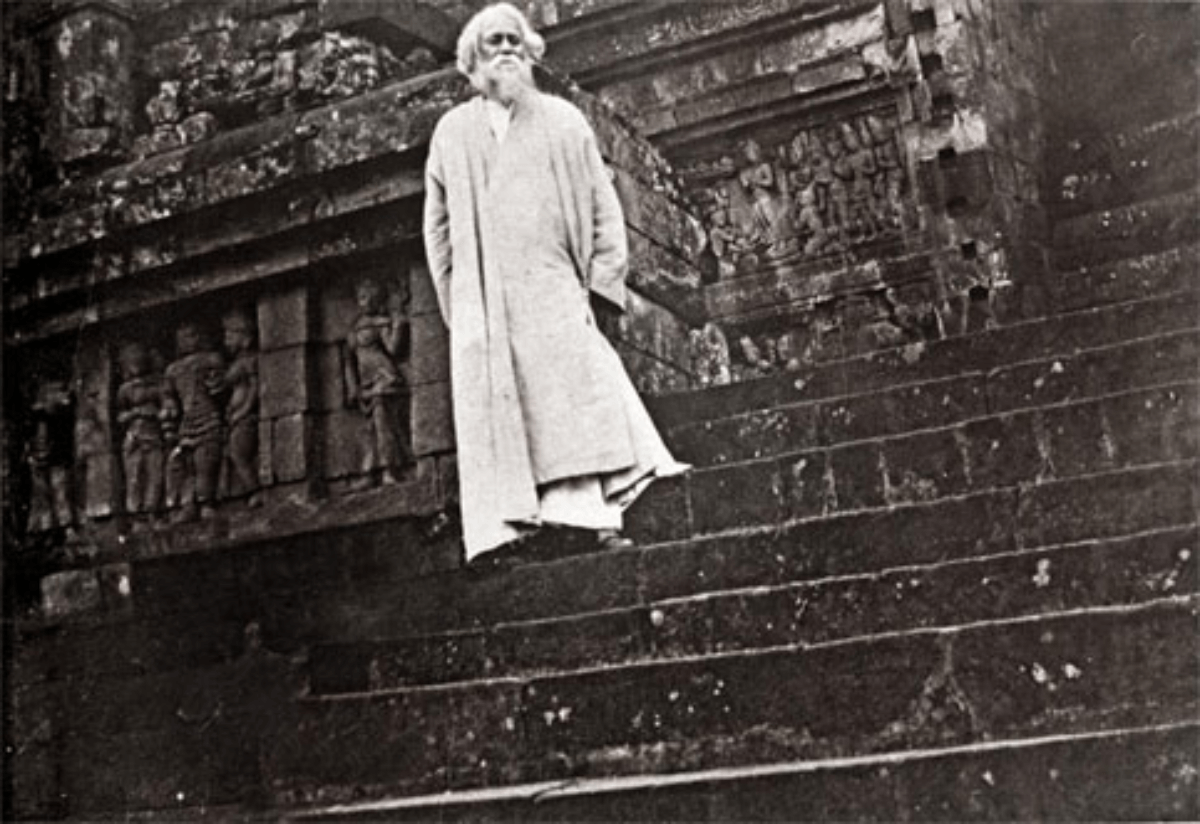
Impact on Art and Academia: Tagore’s visit is celebrated as part of Indonesia’s cultural heritage, influencing intellectuals, artists, and academics. His advocacy for an Asian cultural renaissance resonated with Indonesian artists, leading to an exchange of artistic and philosophical ideas that influenced Indonesian art and literature.
- Nationalist Leaders and Shared Struggles for Independence
Solidarity Between Nationalists: During the colonial period, leaders from India and Indonesia, such as Jawaharlal Nehru and Sukarno, shared ideals of freedom and mutual support. Their connection laid the groundwork for a bond based on shared values and struggles. This alliance was instrumental in forming the Non-Aligned Movement, promoting peace and cooperation throughout Asia and beyond.
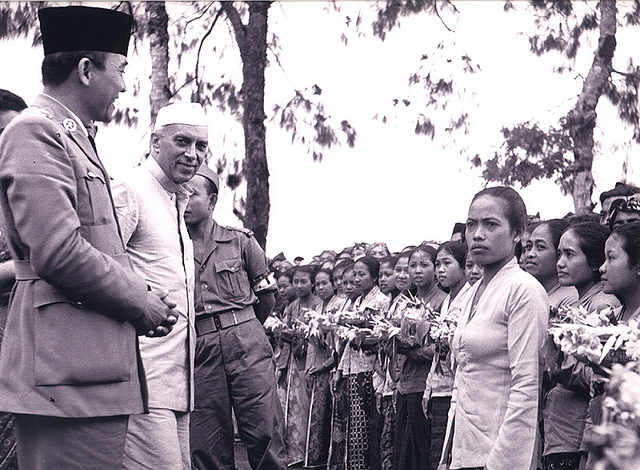
Sukarno’s Deep Respect for India: President Sukarno admired Mahatma Gandhi and was inspired by India’s independence movement. India, in turn, supported Indonesia’s independence, with Nehru playing a crucial role in establishing diplomatic ties between the two newly independent nations. This connection paved the way for enduring people-to-people ties and strategic alliances.
- The Arrival of Sufism in Indonesia
Indian Sufi Influence: By the 12th century, Indian Sufi missionaries had reached the Indonesian archipelago. The Sufi saints played a pivotal role in the spread of Islam across Indonesia, especially in Java and Sumatra. The inclusive nature of Sufism, with its spiritual focus, helped integrate Islamic beliefs into the existing Hindu-Buddhist context, creating a unique Indonesian Islamic culture.
Architectural Influence on Mosques: Early Indonesian mosques bear architectural similarities to Indian Islamic structures, incorporating designs that reflect a blend of Hindu-Buddhist and Islamic art. Examples include the Masjid Agung Demak, which showcases a blend of Javanese and Indian influences.
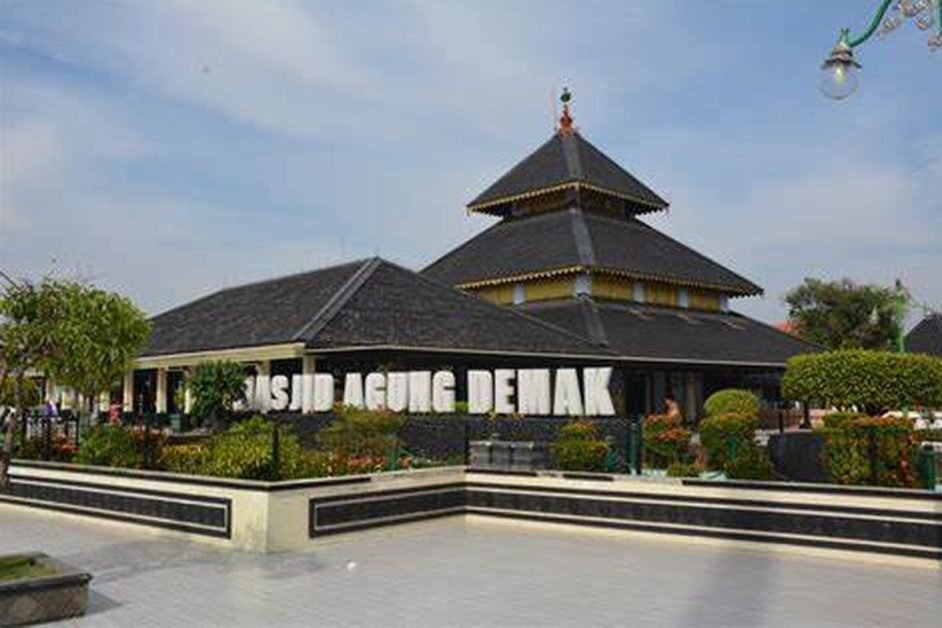
- Indian Textiles, Patola, and Indonesian Batik & Ikat
Exchange of Textile Art and Techniques: The vibrant textile trade between India and Indonesia led to a rich exchange of weaving and dyeing traditions, with Indian textiles like chintz, patola, and fine ikat influencing local Indonesian crafts. The intricately woven patola fabrics from Gujarat, highly prized for their durability and elaborate double-ikat patterns, were especially esteemed by the Indonesian royalty and nobility. These fabrics became symbols of wealth and status, with their motifs and techniques inspiring Indonesian artisans.
Influence on Batik and Ikat: In addition to patola, Indian textile designs influenced the evolution of Indonesian batik and ikat techniques, particularly in Java and Bali. Indonesian batik, with its intricate, hand-drawn wax-resist patterns, reflects a blending of indigenous artistry with Indian influences. Likewise, ikat weaving, which involves dyeing threads before weaving them into patterns, shares techniques seen in Indian ikat, particularly the double-ikat technique found in patola. This interweaving of motifs and methods highlights the shared heritage of textile artistry.
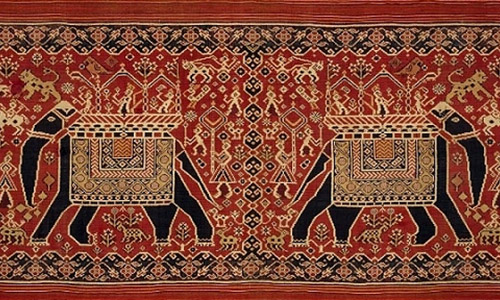
Cultural Significance: Today, batik and ikat are celebrated in both Indonesia and India as cultural symbols of identity and artistry, embodying the centuries-old textile exchange. The enduring popularity of patola in Indonesia and the mastery of batik in both regions underscore the profound and creative dialogue between these two cultures, preserved in the vibrant threads of history and tradition.
Contemporary Batik in India: In the 20th century, Rabindranath Tagore played a role in reviving batik in India after being inspired by its beauty during his visit to Java in 1927. He introduced batik as part of the curriculum at his art school, Shantiniketan, which helped popularize the technique across India.
- The Bandung Conference and Modern Diplomatic Relations
Bandung Conference (1955): As founding members of the Non-Aligned Movement, India and Indonesia played key roles in the 1955 Bandung Conference, a landmark gathering that united Asian and African nations in their quest for self-determination. The conference highlighted the shared values of anti-colonialism, mutual respect, and peaceful coexistence that define the India-Indonesia relationship.
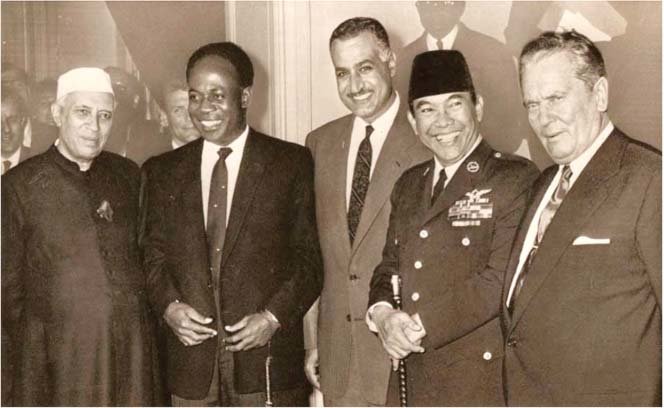
Strengthening Modern Diplomatic Ties: Today, the diplomatic relations between India and Indonesia are a testament to their historical ties. The two countries continue to collaborate on cultural, economic, and strategic fronts, celebrating their shared heritage through festivals, educational exchanges, and intergovernmental initiatives.
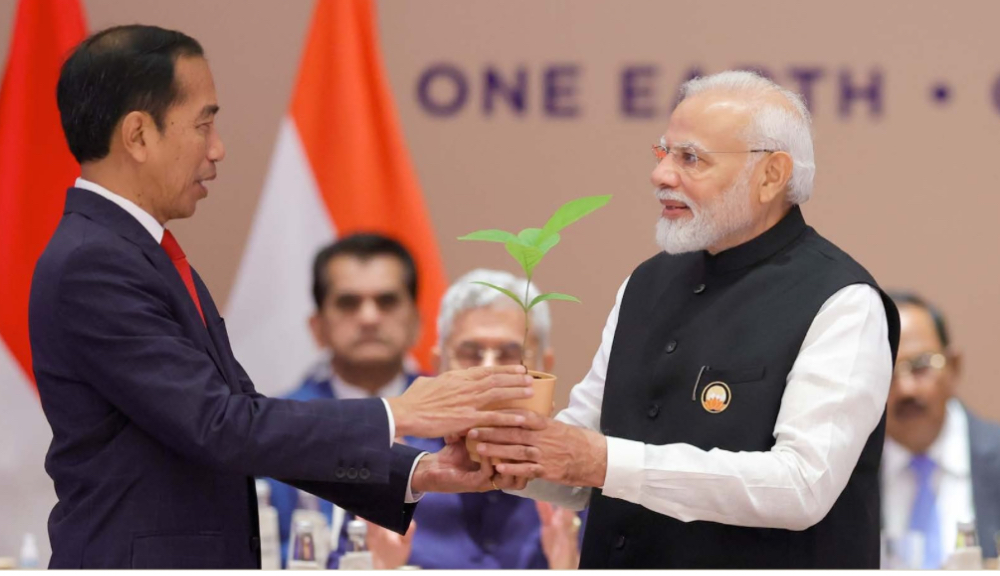
These historical narratives illuminate the profound and diverse connections between India and Indonesia, reflecting a friendship that has flourished across centuries and continues to inspire both nations in their cultural and diplomatic endeavors.


